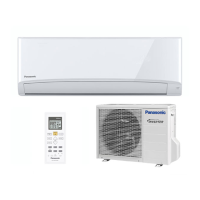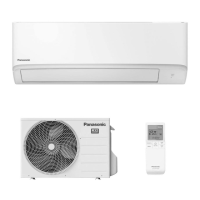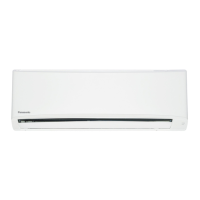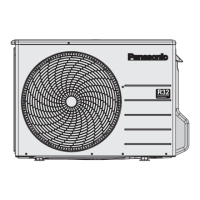12
Safety Precautions
10. Decommissioning
•
Before carrying out this procedure, it is
essential that the technician is completely
familiar with the equipment and all its details.
•
It is recommended good practice that all
refrigerants are recovered safely.
•
Prior to the task being carried out, an oil
and refrigerant sample shall be taken in
case analysis is required prior to re-use of
recovered refrigerant.
•
It is essential that electrical power is available
before the task is commenced.
a) Become familiar with the equipment and
its operation.
b) Isolate system electrically.
c) Before attempting the procedure ensure
that:
•
mechanical handling equipment is
available, if required, for handling
refrigerant cylinders;
•
all personal protective equipment is
available and being used correctly;
•
the recovery process is supervised at all
times by a competent person;
•
recovery equipment and cylinders conform
to the appropriate standards.
d) Pump down refrigerant system, if possible.
e) If a vacuum is not possible, make a
manifold so that refrigerant can be
removed from various parts of the system.
f) Make sure that cylinder is situated on the
scales before recovery takes place.
g) Start the recovery machine and operate in
accordance with instructions.
h) Do not over fi ll cylinders. (No more than
80 % volume liquid charge).
i) Do not exceed the maximum working
pressure of the cylinder, even temporarily.
j) When the cylinders have been fi lled
correctly and the process completed,
make sure that the cylinders and the
equipment are removed from site promptly
and all isolation valves on the equipment
are closed off.
k) Recovered refrigerant shall not be
charged into another refrigerating system
unless it has been cleaned and checked.
•
Electrostatic charge may accumulate and
create a hazardous condition when charging
or discharging the refrigerant. To avoid fi re or
explosion, dissipate static electricity during
transfer by grounding and bonding containers
and equipment before charging/discharging.
11. Labelling
•
Equipment shall be labelled stating that it
has been de-commissioned and emptied of
refrigerant.
•
The label shall be dated and signed.
•
Ensure that there are labels on the equipment
stating the equipment contains fl ammable
refrigerant.
12. Recovery
•
When removing refrigerant from a system,
either for servicing or decommissioning,
it is recommended good practice that all
refrigerants are removed safely.
•
When transferring refrigerant into cylinders,
ensure that only appropriate refrigerant
recovery cylinders are employed.
•
Ensure that the correct number of cylinders
for holding the total system charge are
available.
•
All cylinders to be used are designated for
the recovered refrigerant and labelled for
that refrigerant (i.e. special cylinders for the
recovery of refrigerant).
•
Cylinders shall be complete with pressure
relief valve and associated shut-off valves in
good working order.
•
Recovery cylinders are evacuated and, if
possible, cooled before recovery occurs.
•
The recovery equipment shall be in good
working order with a set of instructions
concerning the equipment that is at hand
and shall be suitable for the recovery of
fl ammable refrigerants.
•
In addition, a set of calibrated weighing
scales shall be available and in good working
order.
•
Hoses shall be complete with leak-free
disconnect couplings and in good condition.
•
Before using the recovery machine, check
that it is in satisfactory working order, has
been properly maintained and that any
associated electrical components are sealed
to prevent ignition in the event of a refrigerant
release. Consult manufacturer if in doubt.
•
The recovered refrigerant shall be returned to
the refrigerant supplier in the correct recovery
cylinder, and the relevant Waste Transfer
Note arranged.
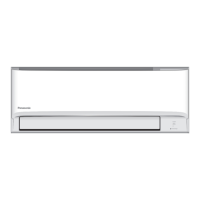
